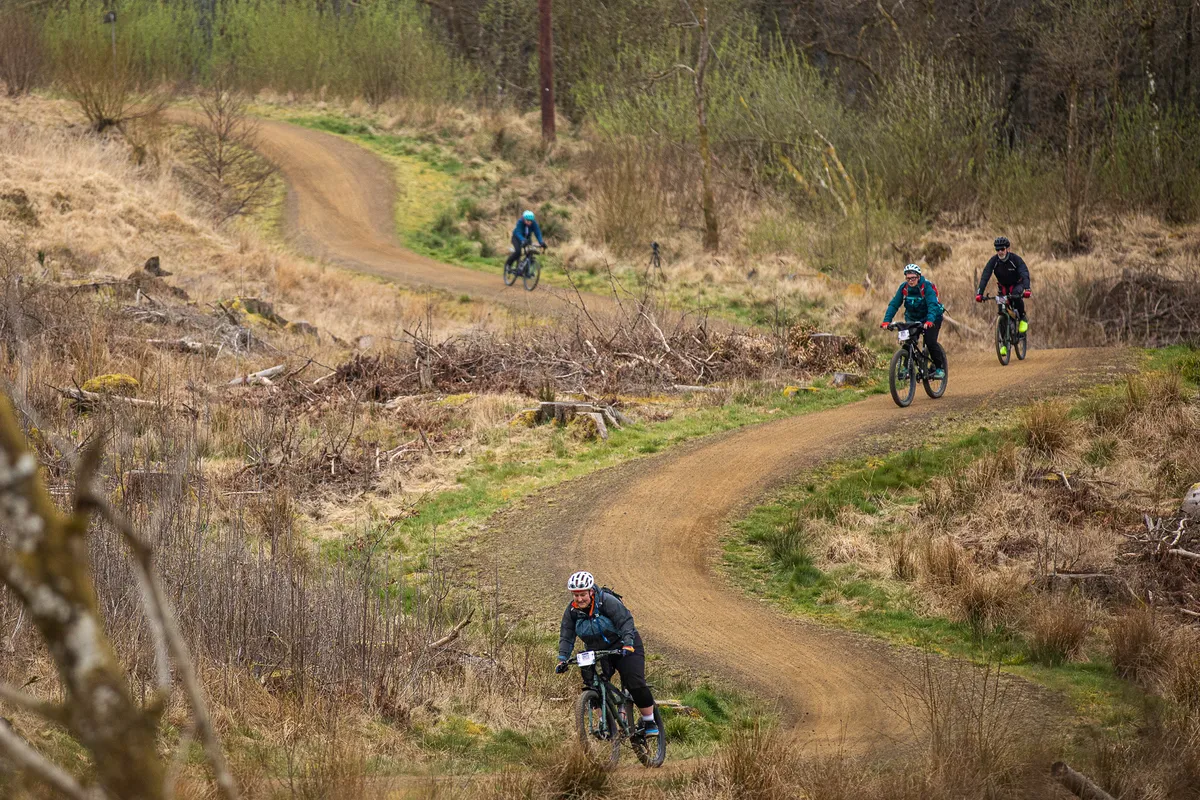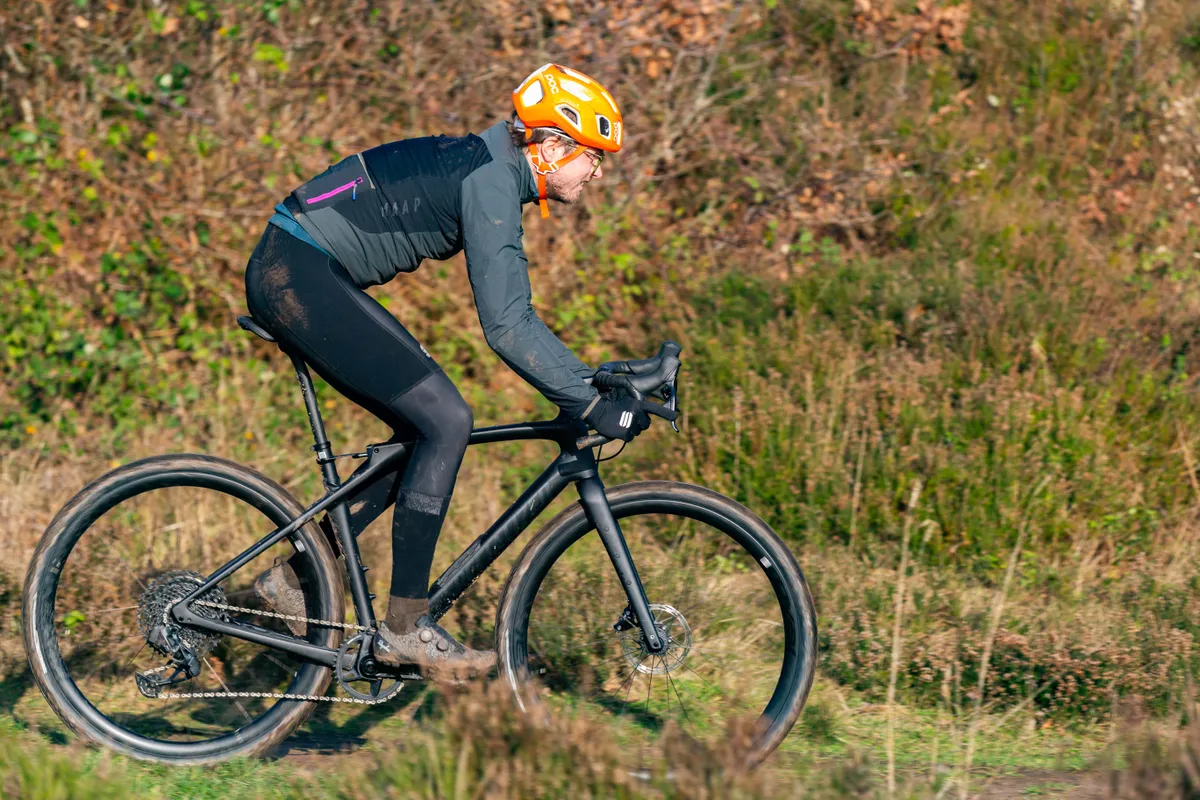Gravel racing is all about suffering through a gazillion miles of desolate landscapes, jostling amid a toxic pack of grime-encrusted pros riding bikes that cost tens of thousands of dollars in the name of hard-fought Strava glory… right?
No!
Epic distances and all-out self-sufficiency may have characterised early gravel racing, but the discipline is unrecognisably different from its early days.
New race formats, a diverse spectrum of riders and kit, and multiple distance options make gravel riding one of the most accessible cycling disciplines.
Still not convinced? Here, we bust five common myths about gravel racing that simply don’t hold water in 2024.
1. You need to be fast

Like any race, riders in the front pack of a gravel race will be munching miles at a pace we can only dream of.
But a gravel race’s field primarily comprises everyday riders for whom the challenge is simply getting round.
More experienced riders outside the lead pack will, naturally, form groups as they settle into a steady pace. This makes gravel racing a great way to learn important group riding skills.

However, many others will ride an event like an individual time trial, chuffing along at a pace and style that suits them.
Practically speaking, gravel racing is a lot less stressful than road racing or mountain biking for slower riders – wide tracks permit easy overtaking and few are run on a closed loop, so you won’t be caught by successive tidal waves of watt-blasting turbo groups.
2. You need a gravel bike

A gravel bike is the best tool for the job, but it’s by no means a requirement.
Mountain bikes, all-road bikes, repurposed cyclocross bikes, tandems, fixed-gear bikes and fat bikes are common sights at the start line of a gravel race – so long as you have any essential race-mandated kit, you will not be turned away.
Well-organised races will provide an overview of the terrain you should expect to encounter on the ride. Use this valuable intel to refine your setup.
3. You need the latest kit

If you already own a gravel bike, avoid the knee-jerk urge to upgrade for the sake of it, and certainly don’t let not having the latest, shiniest kit become a barrier to entering.
Sites such as BikeRadar showcase the latest and greatest tech at the cutting edge of performance, but the existence of such tech doesn’t, in any way, render yours obsolete.

A glance at a gravel race start line will reveal most riders are not buying £14,000 bikes decked in full zip-zapping and beep-booping carbotanium regalia – incredibly competitive times are still posted on what could be considered retrograde tech.
Trends needn't dictate how you choose to set up your bike – while 45mm tyres are now the choice of pro racers, we all survived on 40mm tyres for a very long time.
If you have the means, it’s fine to satiate the tech hunger of your inner magpie now and then, but it’s not essential – don't believe the hype and just rung what yah brung!
4. You need to be able to ride silly long distances

Early gravel races were characterised by their immense distances, and serious pros still target these, but most events have multiple distance options.
The OG distance at Unbound might be 200 miles, but there are route options down to 25 miles (and up to 350 miles if you’re a real pervert).
The same is true at the Traka – 200km is the typical distance, but there are also 50km, 100km, 360km and – bleurgh – 543km distances.
The Dirty Reiver splits partway through the route, giving riders the choice between 65km, 130km and 200km rides – a great option if your legs feel like a shrivelled-up Pepperami halfway through the day.
There's great satisfaction in completing a long ride, but if you only want a gravel racing taster, there’s no need to become a full-time gravel hermit spending all your time training for a challenge of epic proportions.
5. Gravel racing is scary and exclusive

Traditional gravel races such as Unbound and the Dirty Reiver are timed from start to finish, but other racing formats have opened up the discipline to new riders.
Enduro-style events such as Grinduro include timed racing sections intercepted with non-timed ‘transfer’ stages. Riders are encouraged to ride these at party pace, providing lots of time to recover – or drink beers while languishing at a feed stop. The choice is yours.
These events are typically more social than an all-out go-fast suffer fest, making them a great choice for beginners.
